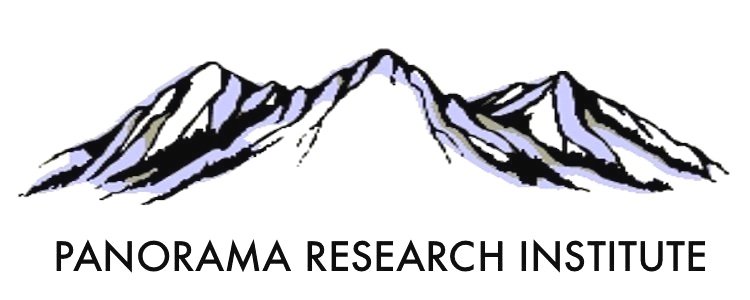Telomerase May Paradoxically Accelerate Aging of the DNA Methylome
Abstract
DNA methylation (DNAm) clocks such as the Horvath DNAm clock provide the most accurate biological determination of biological age relative to chronological age available today. However, there is little correlation between DNAm clocks, telomere-based aging clocks, and transcriptomic-based aging clocks. Recently, a genome-wide association study identified single-nucleotide polymorphism variants of TERT, the gene that encodes telomerase, as accelerating intrinsic aging in the Horvath DNAm clock. These same variants have been previously associated with long telomeres in leukocytes, suggesting that TERT acts paradoxically on telomere-associated aging and DNAm-associated aging. In dividing fibroblasts, ectopic expression of TERT accelerated the Horvath intrinsic DNAm clock. However, it is little appreciated that TERT may be expressed at low levels transiently in somatic cells and may play a role in chromatin maintenance and DNA repair. We hypothesize that TERT may interfere with the maintenance of patterns of DNA methylation in proliferating cells, perhaps by altering regulators of DNA repair and maintenance of chromatin. The implications of these findings for life span extension and the development of antiaging therapeutics are profound.
Keywords: DNA methylation clock; DNA methylome; TERT; epigenetic drift; senescence; telomerase.
